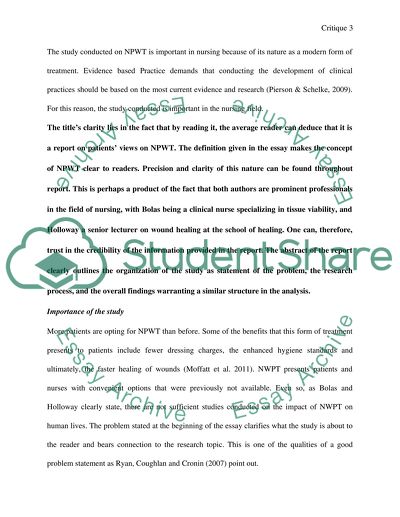Cite this document
(“A Critique on Negative Pressure Wound Therapy: Patient Perspectives Essay”, n.d.)
Retrieved from https://studentshare.org/nursing/1476877-a-critique-on-negative-pressure-wound-therapy-patient-perspectives
Retrieved from https://studentshare.org/nursing/1476877-a-critique-on-negative-pressure-wound-therapy-patient-perspectives
(A Critique on Negative Pressure Wound Therapy: Patient Perspectives Essay)
https://studentshare.org/nursing/1476877-a-critique-on-negative-pressure-wound-therapy-patient-perspectives.
https://studentshare.org/nursing/1476877-a-critique-on-negative-pressure-wound-therapy-patient-perspectives.
“A Critique on Negative Pressure Wound Therapy: Patient Perspectives Essay”, n.d. https://studentshare.org/nursing/1476877-a-critique-on-negative-pressure-wound-therapy-patient-perspectives.


